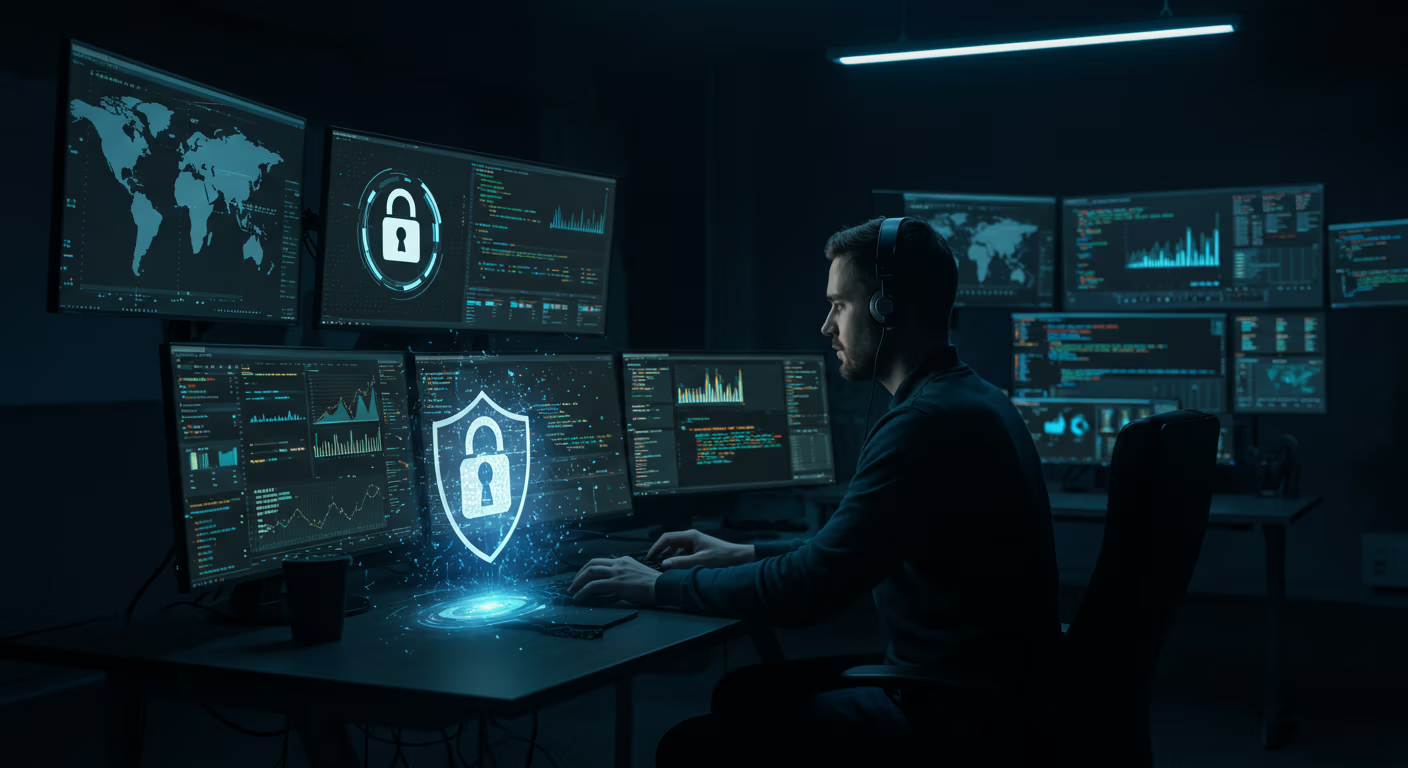Every workplace has that one colleague you can rely on—the person who helps you brainstorm ideas, reviews your writing before you hit send, or offers quick answers when you’re stuck. In today’s offices, that colleague might not be a person at all. Increasingly, employees are turning to ChatGPT, OpenAI’s generative AI chatbot, as their go-to “office bestie.” Whether it’s summarizing long reports, drafting emails, or sparking creativity, ChatGPT is quickly becoming an integral part of the modern workflow.
What makes ChatGPT feel like an office best friend is its versatility. Unlike specialized software that does one thing well, ChatGPT adapts to whatever task you throw at it. Need to draft a professional yet friendly client response? It can help. Staring at a blank page while writing a presentation? It can provide an outline. Struggling to simplify technical jargon? It can rewrite your content for clarity. In a workplace where time is always scarce and expectations are high, ChatGPT steps in as a supportive partner, bridging the gap between pressure and productivity.
The tool’s rise is not just about efficiency; it’s about accessibility. ChatGPT doesn’t require advanced technical skills to use. With simple prompts, anyone—from junior employees to senior executives—can tap into its capabilities. This democratization of AI makes it particularly powerful. It levels the playing field, allowing workers who might lack certain expertise to quickly generate insights or materials that help them keep pace with demanding environments. For many, that accessibility makes ChatGPT feel less like a tool and more like a trusted colleague.
Employees are also embracing ChatGPT as a creativity booster. In brainstorming sessions, it can generate lists of ideas in seconds, offering starting points that teams can refine and expand upon. While it doesn’t replace human creativity, it helps overcome the dreaded blank-page syndrome. For workers facing constant deadlines, this ability to spark momentum is invaluable. Some even describe the chatbot as a “second brain” that helps unlock perspectives they wouldn’t have thought of on their own.
But like any office bestie, ChatGPT comes with caveats. It’s not perfect, and its output isn’t always accurate. Without careful review, it can generate content that sounds confident but contains errors or biases. That’s why experts stress the importance of using ChatGPT as an assistant, not a replacement. Human oversight remains critical. In other words, ChatGPT may be your office bestie, but you’re still the one in charge.
The growing reliance on ChatGPT also raises questions about workplace culture. On one hand, it reduces pressure by handling repetitive tasks, giving employees more time for high-value work. On the other hand, it risks making people too dependent on AI. If employees stop developing their own communication, problem-solving, or creative skills, long-term performance could suffer. Striking a balance is essential: ChatGPT should enhance your abilities, not erode them.
Interestingly, ChatGPT is also becoming a social equalizer in the office. Workers who are shy about speaking up in meetings can use it to prepare talking points. Non-native English speakers can use it to refine emails or presentations with confidence. These subtle boosts help individuals show up more strongly in their roles, which can improve both morale and team collaboration. In this sense, ChatGPT isn’t just an office bestie for productivity—it’s also a quiet supporter of inclusivity.
For employers, the rapid adoption of ChatGPT brings both opportunities and responsibilities. Companies that encourage responsible use of AI can unlock significant productivity gains. But they must also provide guidelines, training, and clear communication about where ChatGPT fits into workflow. Without boundaries, employees risk oversharing sensitive data or misusing the tool in ways that compromise trust. A healthy office relationship with ChatGPT requires rules of engagement, just like any partnership.
As workplaces evolve, ChatGPT’s role will only grow. Already, some companies are embedding it into internal systems, creating custom versions trained on company-specific data. Others are using it to automate routine processes like meeting notes or project updates. What began as an optional tool is quickly becoming an expectation—much like email or spreadsheets in earlier decades. Future employees may find it hard to imagine working without an AI companion at their side.
So what does this mean for the average worker? It means your new office bestie isn’t replacing your colleagues—it’s helping you collaborate better, communicate more clearly, and think more creatively. Like any great partner, it doesn’t take the credit; it supports you so you can shine. The key is to use ChatGPT wisely: let it handle the heavy lifting, but keep your own judgment, creativity, and empathy at the forefront.
In the end, the rise of ChatGPT at work underscores a larger truth about the future of work: success won’t belong to those who resist AI, but to those who learn how to integrate it meaningfully. As with any office friendship, the relationship works best when it’s built on trust, balance, and shared goals. ChatGPT may not grab coffee with you or share weekend stories, but in its own digital way, it’s becoming the colleague many workers didn’t know they needed.





